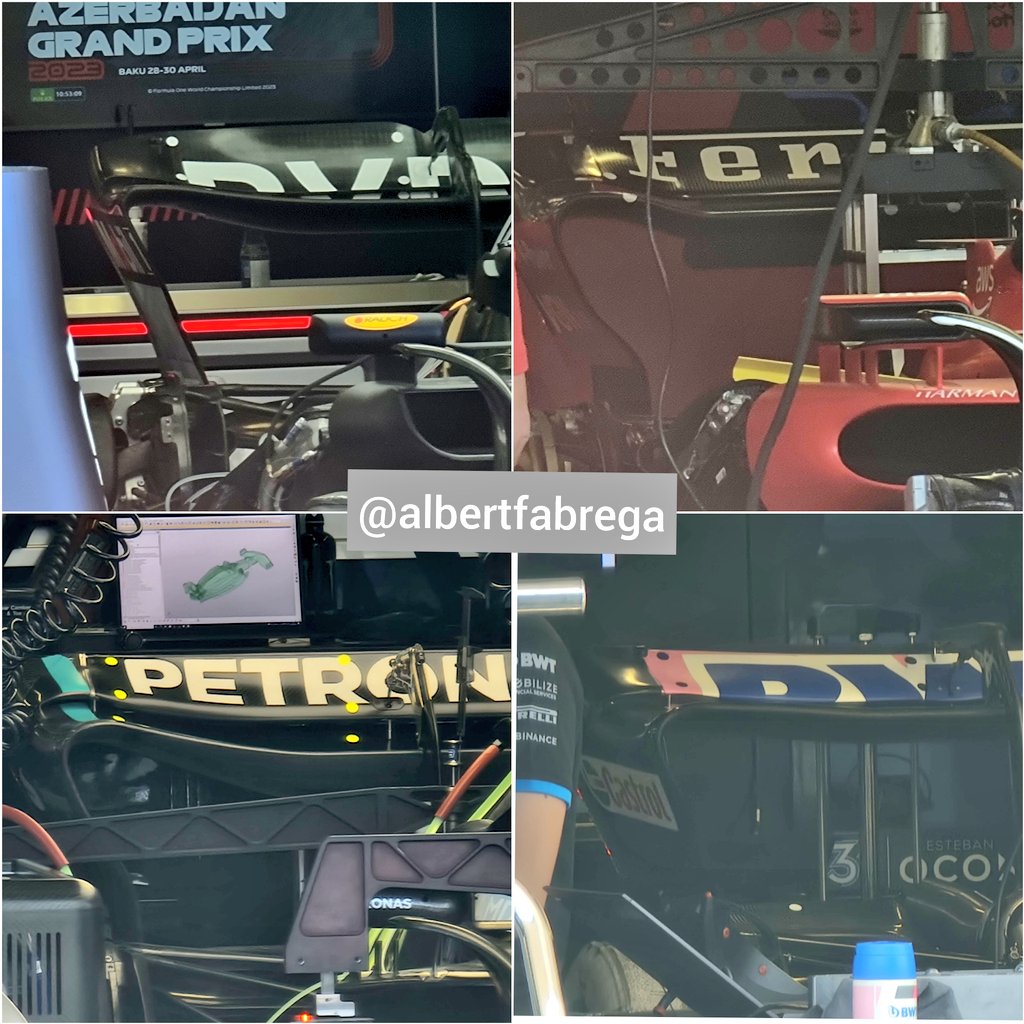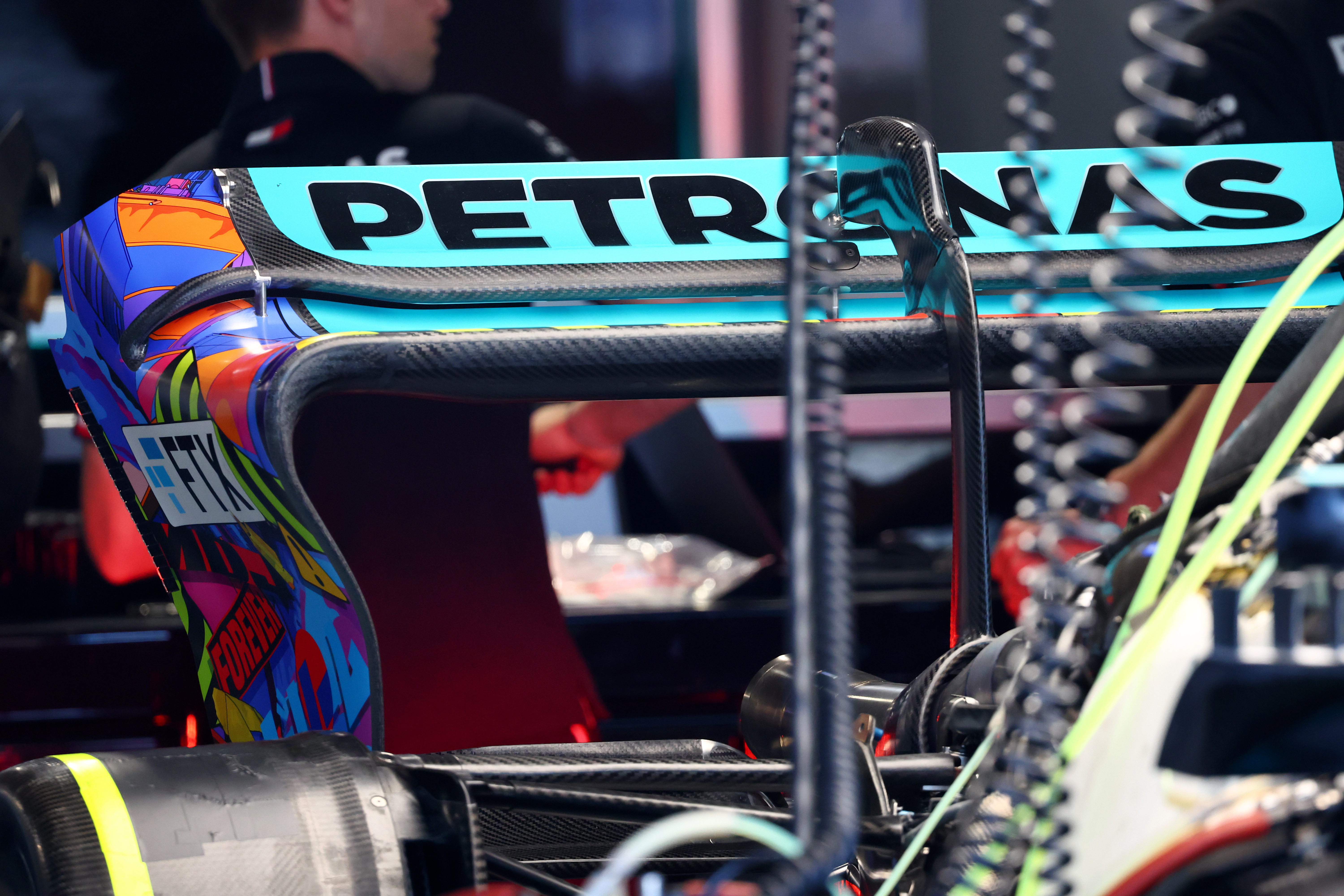AR3-GP wrote: ↑16 Apr 2023, 22:59
Vanja #66 wrote: ↑16 Apr 2023, 21:37
Is the jury still out on RB sacrificing some driver feeling and feedback on braking performance to accommodate aggressive anti-dive (and anti-squat) geometry in order to provide ultimate stable aero platform? Seems like a very good compromise is made in any case, but would explain slightly worse braking performance of RB vs some other cars.
If the team made bunch of analysis and discovered 1 tenth lost under braking could be worth 3 in corners, seems like a very good idea to chase.
The AMR23 has similarly aggressive anti-dive, but they were one of the best cars on the brakes. I would say the jury is still out.
by that I mean it's clear why you would want anti-dive, but it's not obvious that it means you have worse braking as a result. The AMR is a testament to that.
I'd view it in three parts.
The benefit in keeping the aero platform stable is positive and productive. Presentation of front end geometry, floor entrance etc must pay dividend in allowing refinement of performance in a narrowed band of variable.
Don't feel there's negative from tyre contact to fundamentally change braking effectiveness. Anti dive targets geometric conflict in the leverage to avoid dive without having to compromise spring and damper rates that potentially can then be closer to optimal for chassis and tyre management. Compliance here can improve life, grip etc over a wider use profile.
Downside. Ultimately driver feel and particularly when approaching locking under reduced grip situation. The immediate interpretation of just how close the tyre is running to lock may be more difficult, but with knowledge of the characteristics can be worked around. Notice how careful MV was in tyre warming phase Australia.
RB seem to have been stepping toward this for some time, incorporating development productivity of longer learning period. Many other team appear to gave moved closer to this direction in changes from 22~23 updated design.
Cross beam (used prior to RB 18 in lower link) maybe helping as it appears to avoid building stiction into inner mount points, giving feel benefit under braking load.
Could also consider stiction within brake pedal arrangement in maximising driver feel, on both pivot and fulcrum locations.
Many small/marginal gains possibly, leading to lift in overall system whole performance. We can't see these specific details or even if they have been changed, but a logical path in chasing down fundamental improvements if that's the case.





